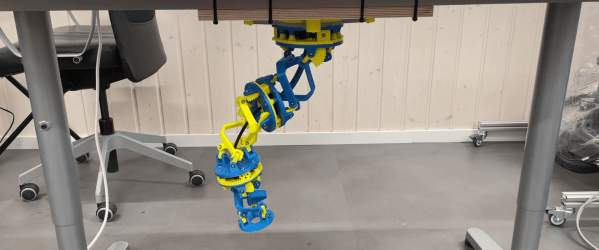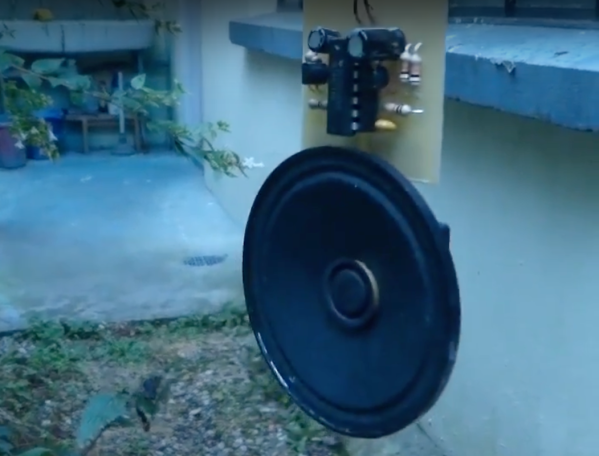What kind of electric vehicle travels at 620 miles per hour (998 km/h)? According to Canadian and French company TransPot, their FluxJet will do it and they want to use it to virtually shrink the Great White North. An electric jet? Not exactly. The FluxJet is a magnetic levitation (maglev) train riding in a vacuum tube with contactless power delivery.
The company claims it can carry 54 passengers or 10 tons of cargo. You can see two videos about the concept below. Judging by the second video, the device might be controlled by a serial port — well, probably not, but we were still amused to see the directory of tty devices on the screen.
Pipe dream (no pun intended)? Maybe. But they did get $550 million in funding and a plan to build a line between Calgary and Edmonton that will take 45 minutes to traverse. Reports are that they did demonstrate a 1-ton 18-foot-long prototype, although we couldn’t find any actual video footage of that — just hints of it in the marketing videos.
Of course, this isn’t the first such system proposed as a “hyperloop” but they do seem to be building momentum financially. We aren’t clear what they are talking about with the “veillance flux,” but we also know that since they are a French-speaking organization, it may just be another way to say “sensors” because — we think — veillance is a French word that means watching. We also aren’t sure how a train in a vacuum has much in common with an airplane. Maglev isn’t new, either.
Continue reading “It’s A Plane… It’s A Train… Um… It’s Both?”



















